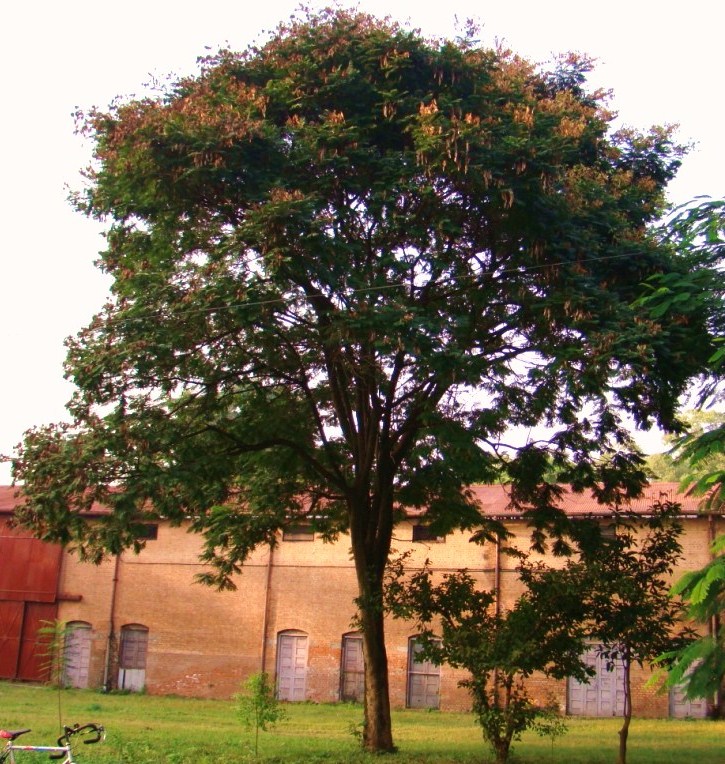Economic importance of Shorea robusta

Kingdom: Plantae
Order: Malvales
Family: Dipterocarpaceae
Species: S. robusta
Common name: Sal
Origin: India
Description: The bark of the young tree is smooth with a few long deep and vertical furrows. Leaves are ovate-oblong in shape. The flowers are whitish in colour. These come out in auxiliary racemose panicles covered with white pubescence.
Economic Importance:
- Sal wood ranks with teak and deodar as one of the best sleeper woods in India; and in great demand in the form of bellies and poles. After treatment, the poles are suitable for overhead electric, telegraph, and telephone lines. As domestic timber it is used for beams, scantlings, rafters, and floors, also used for piles, mine work and pit-props , bridges, dug- out boats, carriage and wagon buildings, spokes, fellows, and hubs of wheels, agricultural implements, tool handles, tent pegs, liquid storage vats, and beer and oil casks. Spent bark is suitable for the production of boards and isolation of cellulose.
- Tree yields an oleoresin called Sal Dammar or Bengal Dammar (Laldhuna ral, dhup, guggal) used as incense and also employed in paints and varnishes, and for caulking boats. It has been employed for hardening softer waxes for use in shoe-polishes, and for carbon papers and ribbons. Medicinally used as an astringent in diarrhoea and dysentery. Sal resin yields an essential oil called Chua oil, used as a fixative, and for flavouring chewing as well as smoking tobacco; also employed for ear troubles and cutaneous diseases.
- Seeds eaten after roasting; yield fatty oil, Sal butter, used locally for cooking and lighting and as an adulterant of ghee; also suitable as a substitute for cocoa butter in the manufacture of chocolates. Cake can be used as a feed for cattle and poultry.


